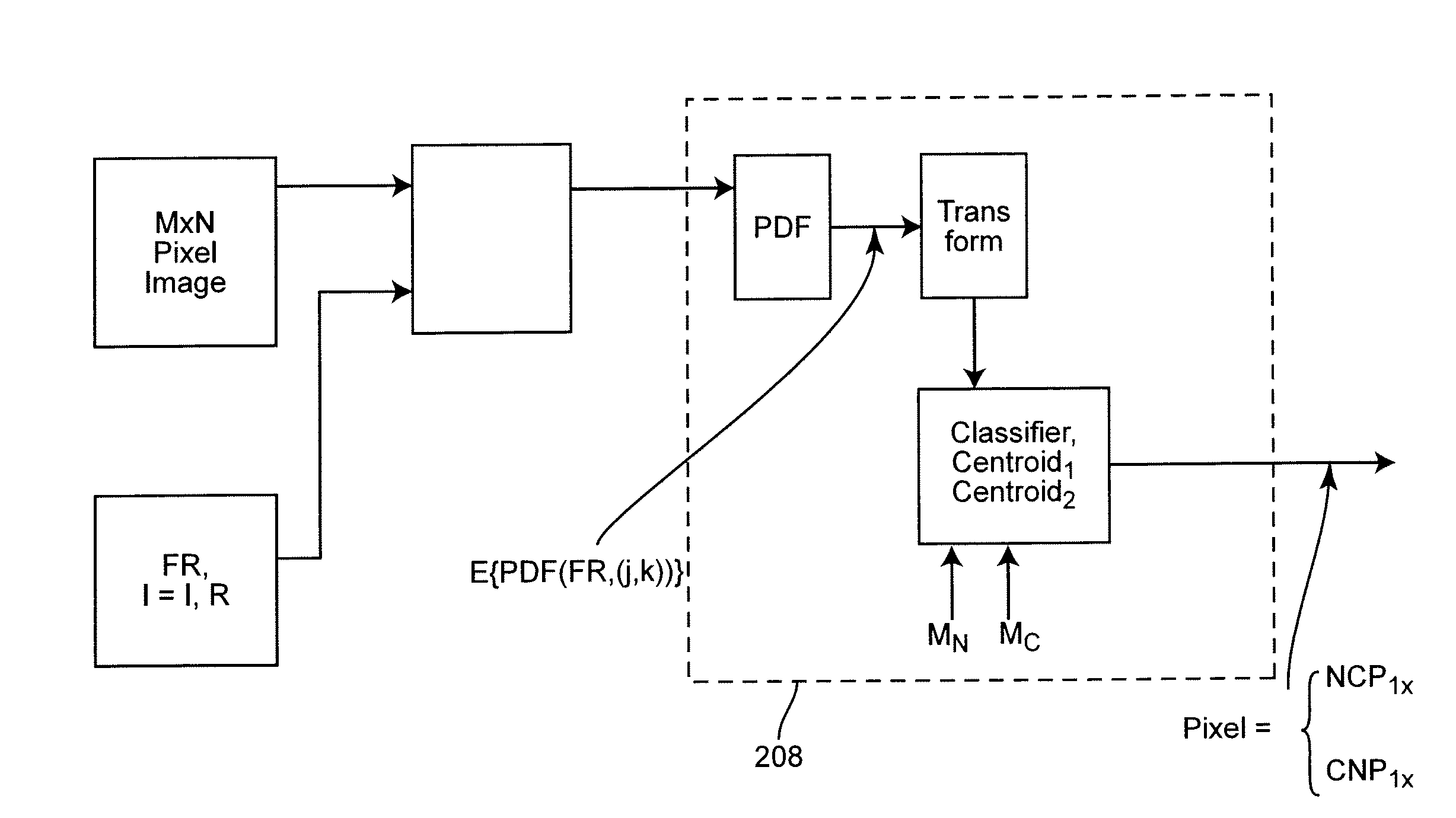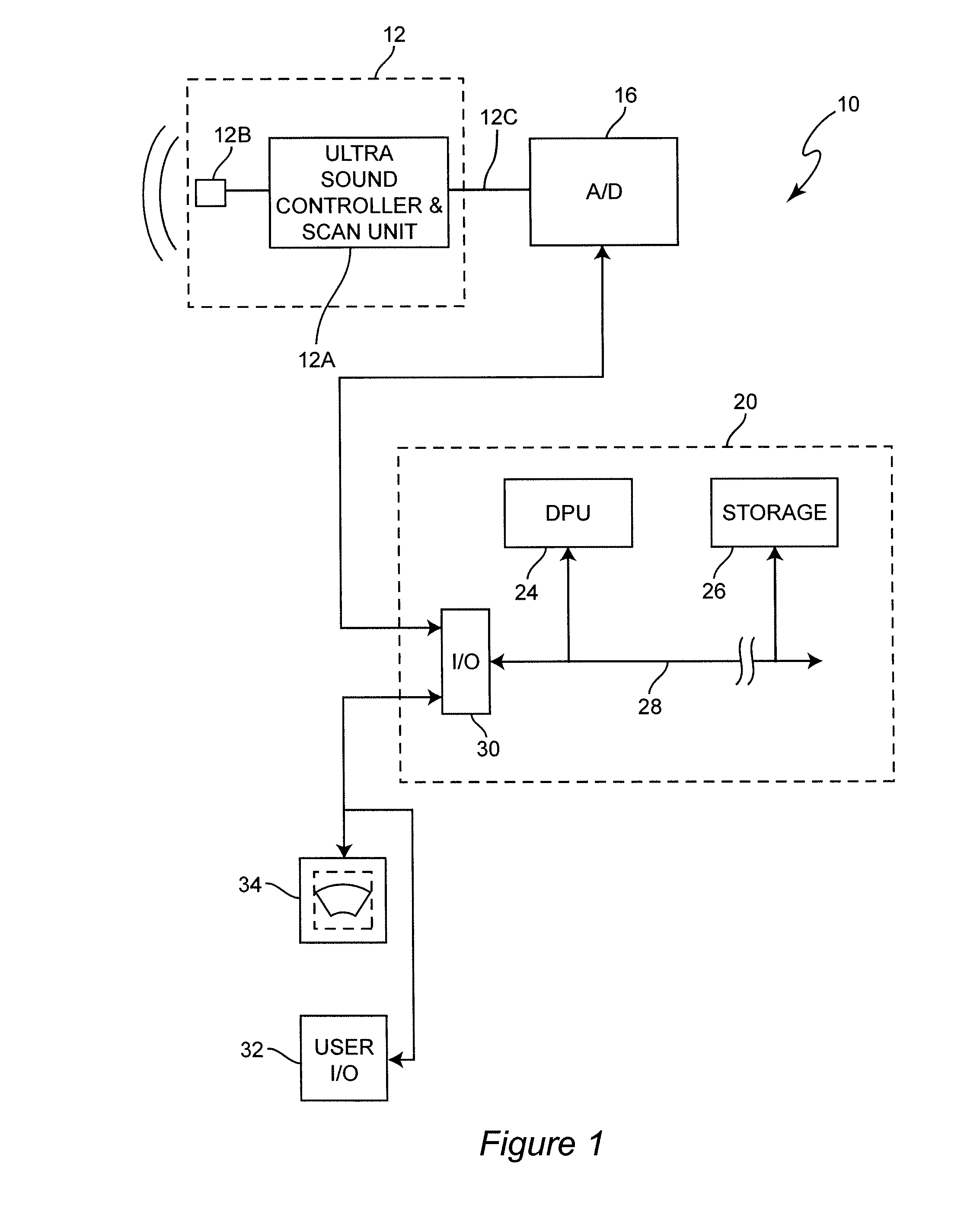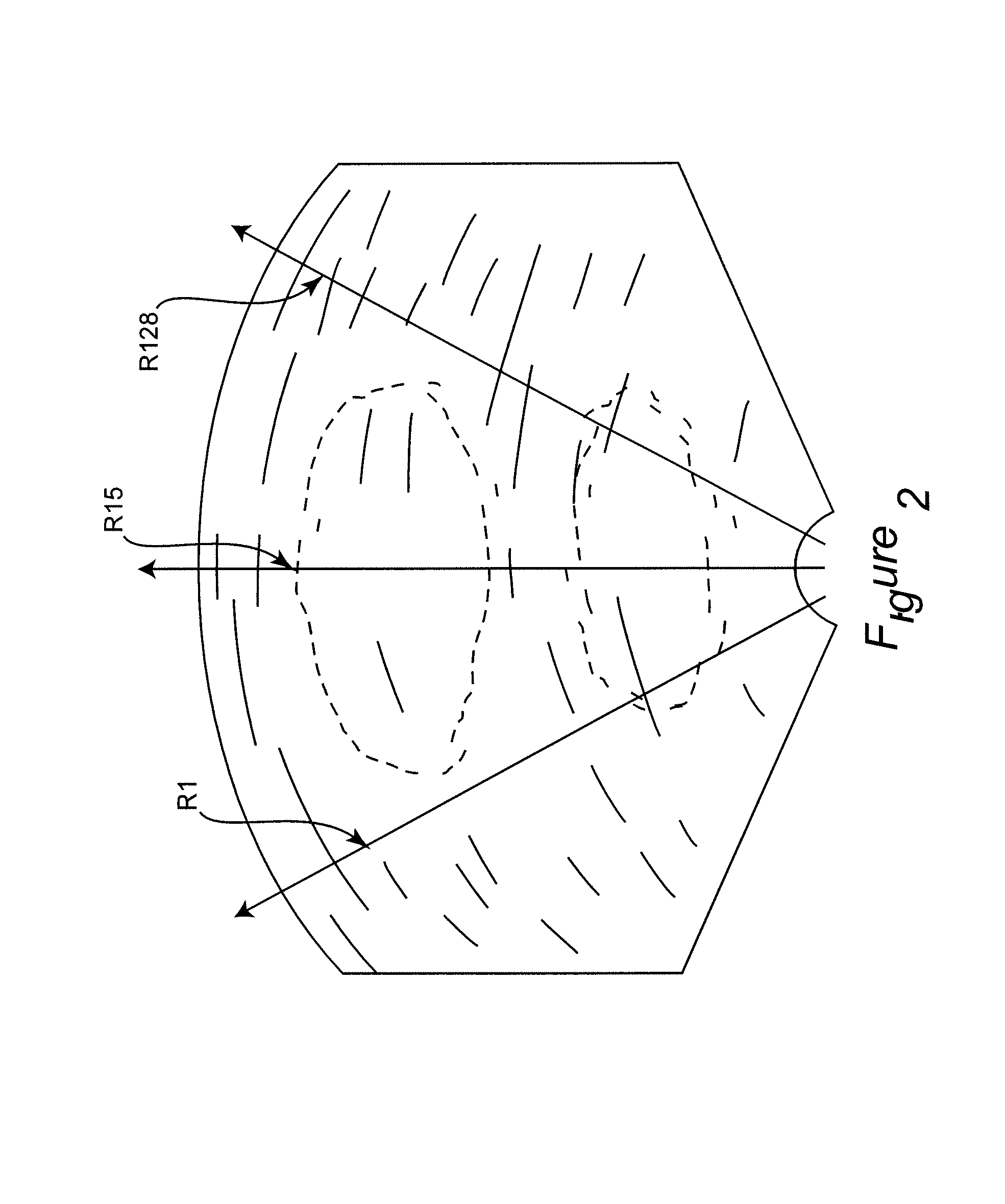Method and system for detecting cancer regions in tissue images
a tissue image and cancer technology, applied in the field of tissue diagnosis, can solve the problems of many cases being detected late, lack of options, and insufficient prostate cancer detection technologies and methods, and achieve the effects of reducing the number of cases, and reducing the number of cancer cases
- Summary
- Abstract
- Description
- Claims
- Application Information
AI Technical Summary
Benefits of technology
Problems solved by technology
Method used
Image
Examples
Embodiment Construction
[0043]The following detailed description refers to accompanying drawings that form part of this description. The description and its drawings, though, show only examples of systems and methods embodying the invention and with certain illustrative implementations. Many alternative implementations, configurations and arrangements can be readily identified by persons of ordinary skill in the pertinent arts upon reading this description.
[0044]It will be understood that like numerals appearing in different ones of the accompanying drawings, regardless of being described as the same or different embodiments of the invention, reference functional blocks or structures that are, or may be, identical or substantially identical between the different drawings.
[0045]Unless otherwise stated or clear from the description, the accompanying drawings are not necessarily drawn to represent any scale of hardware, functional importance, or relative performance of depicted blocks.
[0046]Unless otherwise s...
PUM
 Login to View More
Login to View More Abstract
Description
Claims
Application Information
 Login to View More
Login to View More - Generate Ideas
- Intellectual Property
- Life Sciences
- Materials
- Tech Scout
- Unparalleled Data Quality
- Higher Quality Content
- 60% Fewer Hallucinations
Browse by: Latest US Patents, China's latest patents, Technical Efficacy Thesaurus, Application Domain, Technology Topic, Popular Technical Reports.
© 2025 PatSnap. All rights reserved.Legal|Privacy policy|Modern Slavery Act Transparency Statement|Sitemap|About US| Contact US: help@patsnap.com



